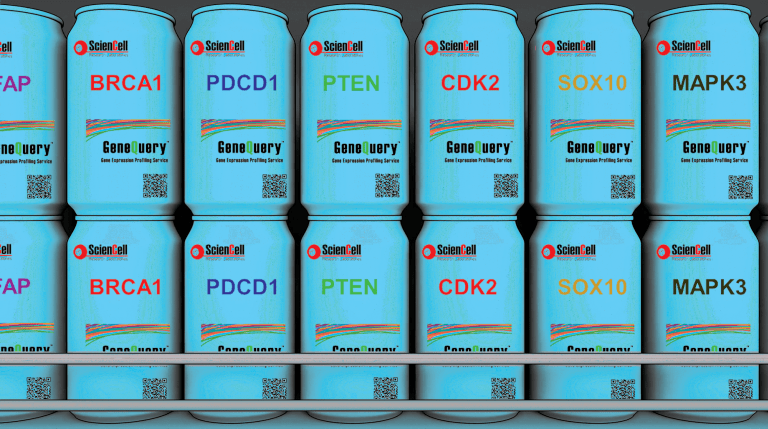Next generation sequencing (NGS), such as Whole Exome Sequencing (WES) and RNA-Sequencing (RNA-Seq), provides a high throughput approach for DNA sequencing and gene expression analysis. It is rapidly advancing our knowledge on almost all aspects of genetic research and shedding light on how individual or groups of genes may regulate biological processes. Powerful as NGS is, however, many high impact journals require that NGS data include qPCR validation.
So why is qPCR validation still such an important step? There are 3 main reasons.
First, compared to qPCR, NGS is considerably more complicated and consequently the potential for errors is increased. Reproducibility can also be a problem due to the complexity of NGS experiments.
Second, there can be intrinsic biases in NGS. For one, due to the random sampling nature of NGS, the sensitivity is largely based on the “sequencing depth”, or how many times the template gets read. If the transcripts are expressed at low levels, it may not reach the necessary depth for reliable sensitivity. In fact, it is well known that for low copy number transcripts, the correlation between NGS to qPCR is less than ideal. For another, RNA-Seq assumes all transcripts are equitably sequenced, while in reality there are regions (such as the GC-rich regions) that are more difficult to process than others and subsequently are underestimated. Additionally, for RNA-Seq data normalization it is assumed that each sample has the same total expressed mRNA, which may not necessarily be true.
Third, NGS data is derived by mapping “reads” (sequenced DNA fragments) to an “error containing” genome reference which disregards mutations and Single Nucleotide Polymorphisms (SNPs). Consequently, the results vary depending on the setting of mismatch allowance. In contrast, qPCR uses real template for amplification and circumvents this problem.
qPCR is still considered the gold standard for gene expression analysis, especially when template copy number is low. In short, NGS provides a great tool for analyzing a large number of genes to narrow down the research interest and qPCR provides a fast, reliable, and cost effective means to verify NGS results.
Though qPCR is fast, designing and verifying primers can be time consuming. Your quick-and-easy solution? Pay our GeneQuery™ primer supermarket a visit to select genes, pick pre-designed qPCR array kits based on cell biology, signaling pathways or disease models, or simply go to our “made-to-order section” to upload your gene-of-interest list, and we can take it from there. Keep in mind that many genes have multiple names and some genes may even have a dozen different aliases. Fortunately, the HUGO Gene Nomenclature Committee (HGNC) lists the official symbols for each gene at www.genenames.org. With this in mind, we designed all of our GeneQuery™ products using official gene symbols in order to avoid any confusion. Additionally, if you are looking for a trustworthy qPCR facility, be sure to check out our qPCR custom services.
For further information about ScienCell please click here.

